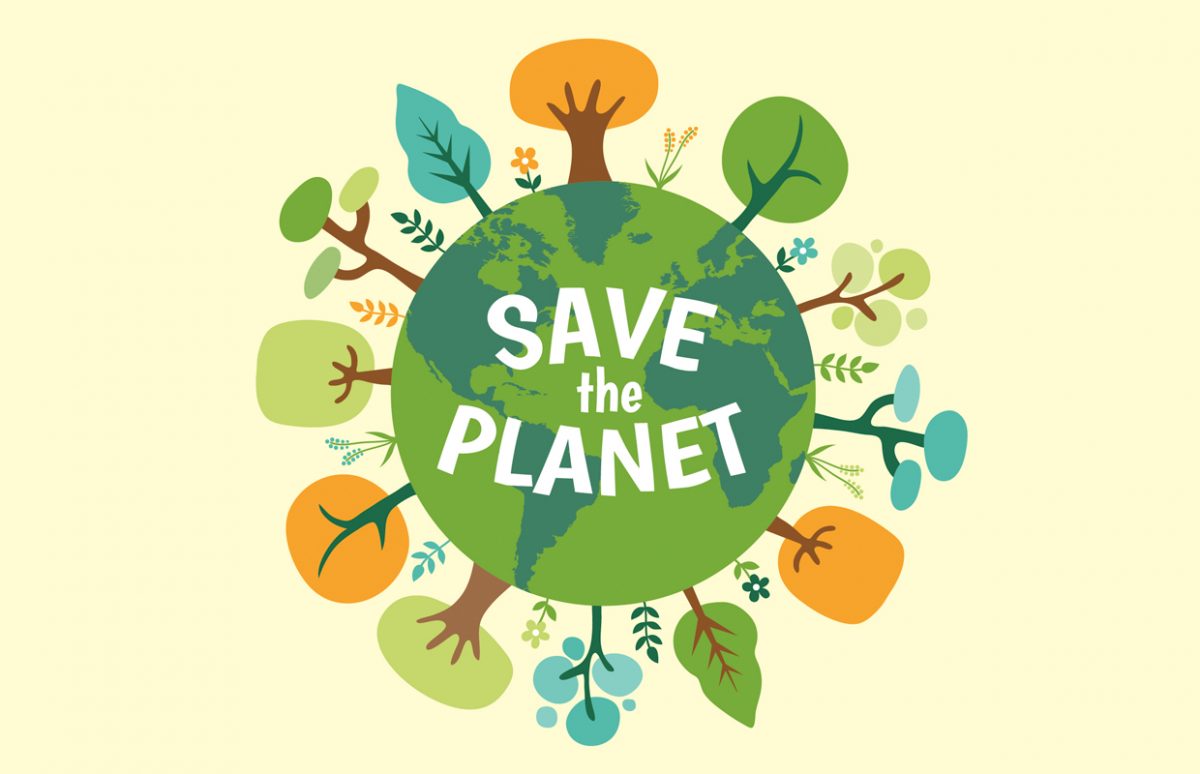This year on Earth Day, April 22, Washington D.C. will lead many other cities around the world in a March for Science. The organisers say that more than ever scientists need to be supported in the face of climate-change sceptics. As Earth Day approaches its 50th anniversary, the planet's environment is still under threat.
Since 1970, April 22 has seen the celebration of Earth Day, when people all over the planet vow to help the planet. This year, the event will come full circle, returning to the "teach ins" it originally used to raise public awareness of environmental issues.
Gaylord Nelson was a U.S. senator and an environmental activist. In 1969, he was shocked by the environmental effects of an oil spill in California. He suggested that there should be a day in spring when people demonstrated to protect nature and eliminate pollution The Senator’s office was inundated with letters and phone calls of support: 20 million Americans participated in that first Earth Day in 1970.
A Very Un-Green White House
The March for Science on 22 April aims to draw attention to the actions of President Trump to reduce the U.S.'s commitment to battle climate change. Donald Trump is at the least sceptical about climate change, and may be in the camp of those who deny that there is global warming, or that if there is, that human actions have caused it.
At the end of March, Mr Trump signed an Executive Order to try to reverse decisions by Barack Obama's administration that tried to protect the environment: lifting a ban on new coal-mining permits and requiring a review of the Clean Power Plan promising reductions in carbon emissions and investment in renewable energies. Furthermore, he reversed a decision by the previous administration to halt the Keystone XL Pipeline which is planned to cross more than 2,700 km, carrying oil extracted from tar sands in Alberta, Canada, to Texas refineries. The pipeline is strongly opposed by environmental groups, who want investment in renewable energies instead, and Native Americans in Montana, South Dakota, Nebraska, Kansas and Oklahoma, whose lands it crosses.
Acts of Green
Forty-seven years after the first Earth Day, millions of people across the world will participate in ecological activities on 22 April. The Earth Day organisers are encouraging people to promise to do one ecological action. They want to have “Three billion acts of green” promised before Earth Day's 50th anniversary in 2020, to show world leaders that many people are concerned about environment. More than 2 billion acts of green have been pledged since the campaign began in 2012. It can be as simple as promising to recycle more, or plant some trees. If you’d like to make a promise, click here.
The connected Trees for the Earth campaign wants to plant 7.8 billion trees by 2020, one for each person population projections say will live on the Earth by then. In less than a year, it has collected 1.5 billion tree-planting commitments.
People who want to support the campaign can either donate money – for each dollar donated, a tree is planted in a developing country where trees are important for soil preservation, food and fuel. Or they can go out and plant trees themselves and register them for the campaign.
Earth Day Canada has launched a campaign called "Earth Play for Earth Day", encouraging outdoor play for children because, they say, "If modern kids don't spend time in their environment, how can they be expected to care about it or protect it? Earth play is a renewable resource. You don't have to buy anything or drive anywhere in order to play."
Copyright(s) :
Designed by Freepik - www.freepik.com
> Videos of a Teenage Eco-Warrior
> Ecology on the Web
Tag(s) : "April" "Canada" "climate change" "Earth Day" "ecology" "Give Me Five 3e" "global warming" "science" "sustainable development" "Transition écologique et développement durable" "U.S."





